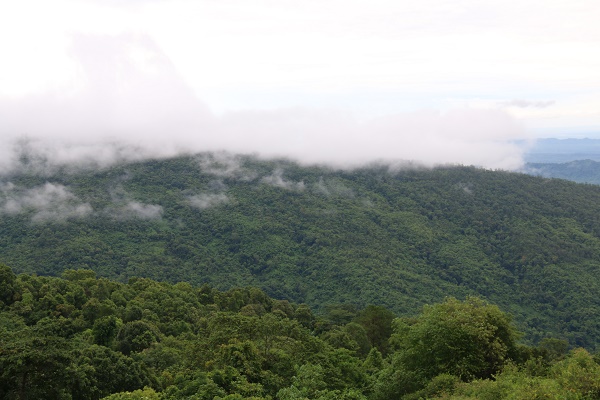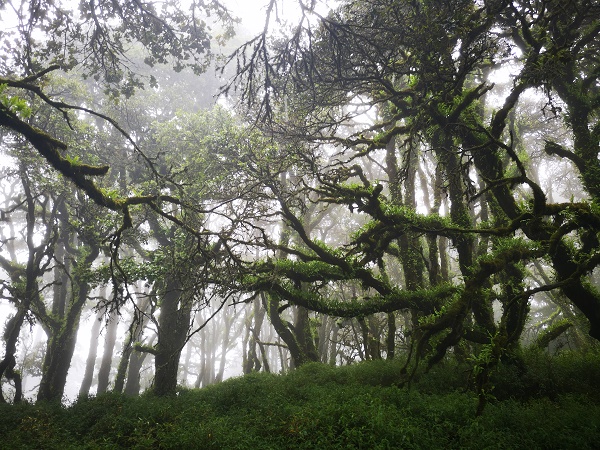Orchids are found in almost all terrestrial ecosystems except polar and extremely arid desert regions and are the "flagship" group in plant conservation. However, the conservation of orchids is impeded by a lack of biodiversity surveys. To date, systematic analysis of orchids along elevation gradients and their relationship with host trees has never been reported.
In a study published in Global Ecology and Conservation, researchers from Xishuangbanna Tropical Botanical Garden (XTBG) and their collaborators present the first systematic analysis of the diversity and distribution patterns of orchids along elevation gradients on Mt. Victoria, Myanmar.
The researchers investigated species richness, abundance, and environmental conditions of epiphytic and terrestrial orchids along an elevation gradient (600–3000 m) on Mt. Victoria, the third-highest mountain and a famous eco-tourism site in Myanmar. The researchers then structured a binary species-based network between epiphytic orchids and their hosts to further address the effect of hosts on orchid distribution.
They recorded 94 orchid species on Mt. Victoria, including 58 epiphytic and 36 terrestrial orchids. Species richness of epiphytic orchids exhibited a hump-shaped pattern (peaked at ca. 2200m), while terrestrial orchids showed a monotonic decreasing trend with increasing elevations. Both elevation and slope significantly affected the species composition and diversity of epiphytic and terrestrial orchids, while terrestrial orchids were also affected by herb coverage.
Furthermore, the network between epiphytic orchids and their hosts exhibited low connectance and significant nestedness, with high levels of modularity and specialization. Interactions in the network were heterogeneously distributed among host. Four tree species hosted plentiful orchid species and hence played a critical role in maintaining the diversity of orchids.
In addition, 20 orchid species were attached to specific host species, implying high risk of extinction under disturbances.
“Effective forest management and conservation in Mt. Victoria should focus on tree species. Protecting suitable habitat, i.e., the large-sized host trees and the unspoiled forests where they can survive, is the most important measure to conserve the endemic species,” said SONG Liang of XTBG.
Contact
SONG Liang Ph.D Principal Investigator
Key Laboratory of Tropical Forest Ecology, Xishuangbanna Tropical Botanical Garden, Chinese Academy of Sciences, Mengla, Yunnan 666303, China
E-mail: songliang@xtbg.ac.cn

Photo of Mt. Victoria, Myanmar (Image by LIU Qiang)

Vegetation type of Mt. Victoria at the elevation of 2200 m. (Image by LIU Qiang)


